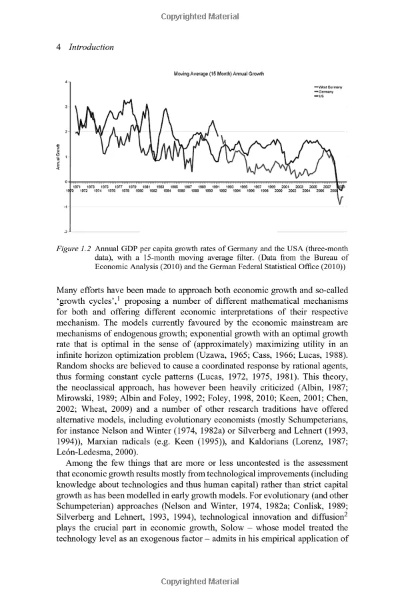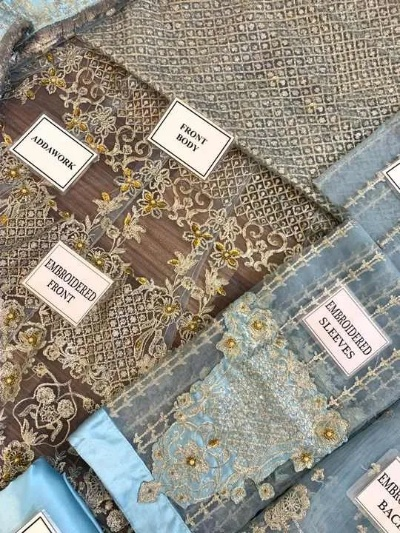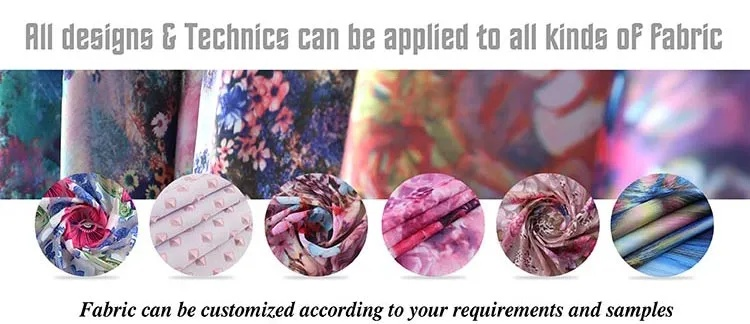The Evolution of Textile Industry Communication in the Digital Age
In the digital age, the textile industry has undergone significant changes in its communication methods. With the rise of e-commerce and online platforms, textile companies are now able to reach a wider audience and engage with customers on a more personal level. This has led to the development of new marketing strategies that focus on creating engaging content and building relationships with customers through social media, email marketing, and other digital channels. Additionally, the use of artificial intelligence and machine learning has enabled textile companies to analyze customer data and tailor their marketing messages to specific audiences, ultimately leading to increased sales and customer loyalty. As the industry continues to evolve, it is important for companies to stay up-to-date with the latest trends and technologies to ensure they remain competitive in an increasingly digital world.
Introduction: In the textile industry, communication has always been a critical aspect of collaboration between manufacturers, suppliers, designers, and retailers. In recent years, the shift towards digital platforms has revolutionized the way these industries interact, enabling faster, more efficient, and cost-effective communication. This article explores the evolution of textile industry communication through various digital channels and case studies to illustrate how technology has transformed the landscape of the textile industry.
-
Email as the Backbone of Communication Before the advent of social media and online forums, email was the primary means of communication within the textile industry. Companies used email for routine updates, project discussions, and information sharing. However, email lacked the personal touch that social media platforms offered, making it less effective for building relationships and fostering collaboration.
-
Social Media for Brand Awareness and Customer Engagement The rise of social media platforms like Facebook, Instagram, and LinkedIn paved the way for companies to engage with their audiences on a more personal level. Textile brands started using social media to showcase their products, share behind-the-scenes stories, and engage with customers. Social media platforms also allowed companies to track customer sentiment and feedback, which helped them improve their offerings and customer experience.

-
Online Forums for Expertise and Collaboration Online forums became popular in the textile industry due to their accessibility and ease of use. These forums provided a platform for professionals to exchange ideas, share best practices, and collaborate on projects. For example, a company may post a question on an online forum asking for input from other experts in the industry. This can lead to innovative solutions, new product development, and improved processes.
-
Video Conferences for Real-Time Communication Video conferencing tools like Zoom and Skype have revolutionized the way textile companies communicate with each other and clients. These tools allow for real-time video calls, allowing for face-to-face interactions that were previously impossible. Video conferences are especially useful for showcasing products, discussing design concepts, and negotiating contracts.
-
Text Messaging for Quick Notifications Text messaging apps like Slack and WhatsApp have become essential for daily communication within the textile industry. These platforms offer quick notifications for important updates, such as project deadlines, shipment statuses, or new product launches. They also enable team members to collaborate on tasks and share files in real-time.
-
Cloud-Based Project Management Tools Cloud-based project management tools like Asana and Trello have become increasingly popular in the textile industry. These tools allow teams to manage projects, assign tasks, and track progress in real-time. They also provide analytics and reporting features that help companies optimize their workflows and reduce errors.
-
Artificial Intelligence for Automated Communication Artificial intelligence (AI) is transforming the way textile companies communicate. AI-powered chatbots can handle routine inquiries and provide instant responses to customers. Additionally, AI can be used to analyze customer data and provide personalized recommendations, improving customer satisfaction and loyalty.
Case Study: Textile Company X's Digital Transformation Journey Textile company X embarked on a digital transformation journey to stay competitive in the fast-paced global market. The company adopted a multi-channel approach to communication, integrating all its communication channels into one omnichannel strategy.
Email remained the backbone of communication, but X now uses automated email templates to send timely updates and promotional messages. The company also launched a dedicated social media page on Instagram and Facebook, where they showcase their latest collections and engage with customers through visual content.
X also implemented a virtual office system (VOS) that allows employees to collaborate on projects remotely. The VOS integrates with project management tools like Asana and Trello, enabling team members to work on tasks seamlessly and share progress in real-time.
To enhance customer engagement, X created a chatbot that provides instant support via text message. The chatbot is trained on customer queries and can provide answers to common questions or direct customers to relevant resources. Additionally, X uses AI to analyze customer data and provide personalized recommendations based on their browsing history and purchase behavior.
Finally, X leveraged cloud-based project management tools to streamline their workflows and optimize their resource allocation. The tools provide real-time analytics and reporting, enabling the company to make informed decisions about inventory management, production schedules, and resource allocation.
Conclusion: The textile industry has evolved significantly in recent years, and digital communication has played a crucial role in this transformation. From email to social media, online forums, video conferencing, text messaging, cloud-based project management tools, and AI-powered chatbots, these channels have made communication faster, more efficient, and more engaging. By adopting a multi-channel approach to communication, textile companies can stay ahead of the competition, build strong relationships with customers and partners, and drive innovation and growth.
开场白

大家好,今天我们将围绕“纺织品微信交流”这一主题展开讨论,微信作为现代社交工具,已经成为人们生活中不可或缺的一部分,在这个微信交流盛宴中,我们将分享一些纺织品微信交流的技巧和经验。
微信交流背景
随着互联网的普及,微信已经成为人们获取信息、交流想法的重要平台,纺织品行业也在不断发展壮大,微信交流成为行业内外人士沟通交流的重要渠道。
微信交流技巧
-
提前准备 在进行纺织品微信交流前,需要提前做好充分的准备,了解行业动态、产品特点、市场趋势等信息,以便更好地进行交流,准备好自己的观点和想法,以便在交流中能够更好地表达自己。
-
简洁明了的语言 在纺织品微信交流中,需要使用简洁明了的语言,避免使用过于复杂或冗长的句子,以免影响交流效果,要注意语气和语调的把握,以便更好地表达自己的意思。
-
图片和视频辅助交流 在纺织品微信交流中,可以使用图片和视频辅助交流,通过图片和视频展示产品的外观、质地、工艺等信息,可以让交流更加生动有趣,也可以使用图片和视频来展示行业动态、产品特点等信息,以便更好地吸引听众的注意力。
案例分析
以某纺织品品牌为例,介绍其在微信交流中的成功案例。
某纺织品品牌在微信上积极开展交流活动,通过发布产品图片、视频和行业动态等信息,吸引了大量用户关注,在交流中,该品牌注重与听众的互动,积极回答用户问题,分享行业动态和产品特点等信息,该品牌还定期举办线上线下活动,加强与用户的联系,通过这些措施,该品牌在微信交流中取得了良好的效果。
微信交流案例说明
- 准备工作充分:该品牌在微信交流前进行了充分的准备工作,了解行业动态、产品特点等信息,准备了详细的产品介绍和宣传资料,以便更好地进行交流。
- 语言简洁明了:在交流中,该品牌使用了简洁明了的语言,避免使用过于复杂或冗长的句子,注意语气和语调的把握,以便更好地表达自己的意思,通过这种方式,该品牌吸引了大量用户的关注和参与。
- 图片和视频辅助交流:该品牌在交流中使用了图片和视频来展示产品的外观、质地、工艺等信息,这些图片和视频吸引了用户的注意力,让他们更加了解产品的特点和优势,该品牌还定期举办线上线下活动,加强与用户的联系。
纺织品微信交流已经成为现代社交工具中的重要一部分,通过提前准备、简洁明了的语言、图片和视频辅助交流等技巧和方法,我们可以更好地进行纺织品微信交流,我们也可以看到一些成功的案例,这些案例为我们提供了宝贵的经验和启示,在未来,我们还将继续关注纺织品微信交流的发展趋势和变化,为大家带来更多有价值的内容。
Articles related to the knowledge points of this article:
The Fabric of Our Future:A Look into the World of BoShiJie Textiles
A Comprehensive Guide to Textile Formulas and Their Applications
A Comprehensive Guide to Selecting the Right Textile Products
Understanding Color in Textiles:A Comprehensive Guide
![The Art of Softness in Fashion:An Insight into 宸之漫纺织品]](https://www.i505i.cn/zb_users/upload/2025/09/20250917090724175807124467058.png)


